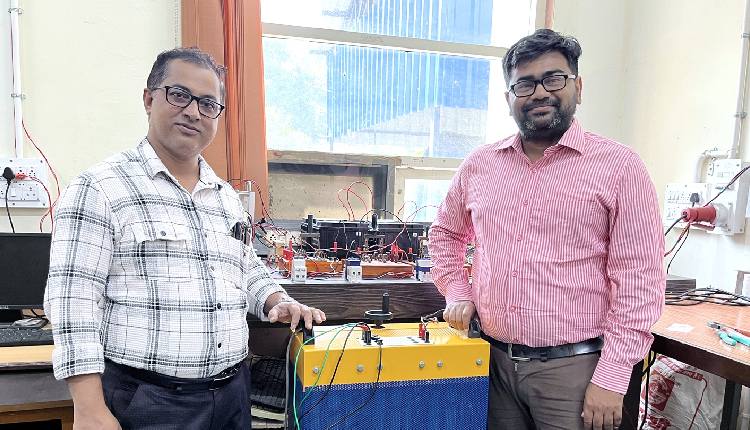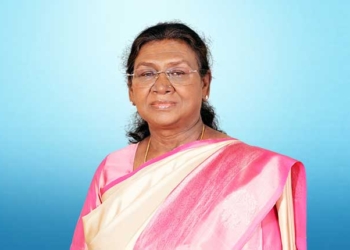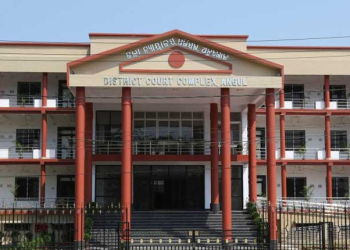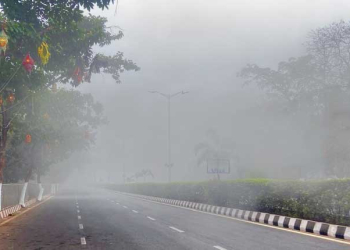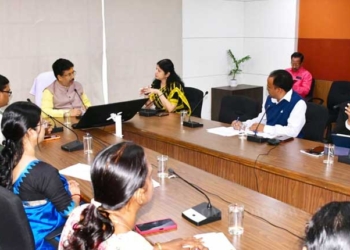New Delhi: Researchers from the National Institute of Technology (NIT) Rourkela have developed a smart control system that can automatically manage the electricity flow from solar, wind, and battery sources.
This innovative “hybrid microgrid” can deliver a clean and continuous power supply to areas in the countryside that have no access to the main electric power grid, and even during fluctuating solar radiation, changing wind speeds, and varying electrical loads.
The research, published in the journal IEEE Transactions on Industry Applications, aims to reduce the potential use of fossil fuel reserves and provide power to remote regions that are not covered by the main electricity grid.
“This work focuses on power management among different sources, loads, and storage systems. Energy management techniques in renewables-integrated microgrids provide social benefits by ensuring reliable electricity access, especially in remote communities. They promote sustainable development, create local employment opportunities, and improve living standards,” said Prof. Arnab Ghosh and Prof. Krishna Roy, Assistant Professors, Department of Electrical Engineering, NIT Rourkela.
“Additionally, they reduce dependence on fossil fuels, enhance energy security, and support community resilience through cleaner, affordable, and more equitable energy solutions,” the team added.
To address the issue of fluctuations, researchers developed a dynamic Power Management Scheme (PMS) that enables all energy producers and storage units to coordinate seamlessly.
This controlling technique allows the batteries to store energy safely and efficiently, enabling greater storage capacity and longer battery life, while reducing overall expenditures.
By automatically switching converters according to the most readily available resources, solar in the morning, and wind, Biomass Gasifier (BMG), and Pico Hydropower (PH) during the rest of the day, the system ensures that the active power flow is balanced across different loads.
This multi-source converter-based hybrid setup can provide an effective solution for the needs of remote communities and can be a source of approximately 10 kWh of dependable energy, sufficient for four households in rural areas.
(IANS)




